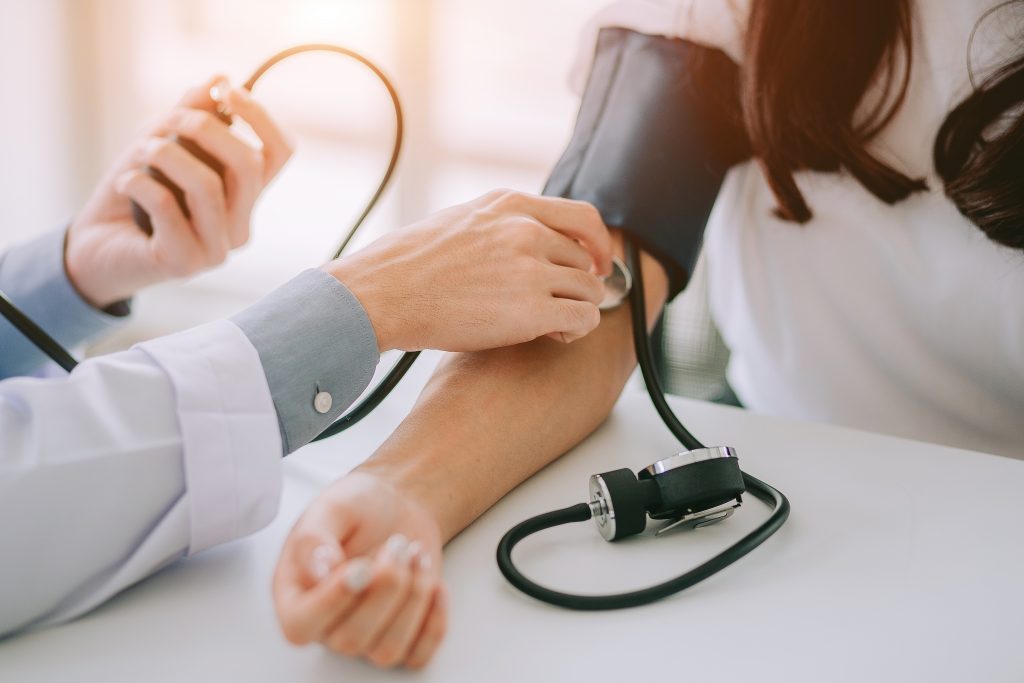Arq. Bras. Cardiol. 2021; 116(3): 452-453
New Perspectives in the Treatment of Hypertension
This Short Editorial is referred by the Research article "Effects of Anti-TNF alpha Therapy on Blood Pressure in Resistant Hypertensive Subjects: A Randomized, Double-Blind, Placebo-Controlled Pilot Study".
Arterial hypertension is by far the biggest risk factor for cardiovascular diseases. Thiocyanates, barbiturates, bromides and bismuth were tested in the treatment of arterial hypertension in the early 1940s. The use of these drugs was discontinued because they were proven ineffective and had several side effects. In the mid-1950s, ganglion blockers such as hexamethonium, pentolinium, mecamylamine and peripherally acting sympatholytic substances (guanethidine) were tested as treatment of arterial hypertension and were shown effective in reducing blood pressure, but little tolerated. New drugs were introduced to treat hypertension in the 1950s, including diuretics.
In 1956, in an observational study, Moser and Magaulay followed up 106 hypertensive patients who received rauwolfia, hydralazine, reserpine, mecamylamine and chlorothiazide as treatment for arterial hypertension, alone or in combination. The dose of chlorothiazide used in this study ranged from 0.5 to 1.5 grams and the combination of chlorothiazide resulted in better control of blood pressure. Since that observational study by Moser and Magaulay to the present day, several studies related to the pharmacological treatment of hypertension have been carried out. The first randomized, placebo-controlled study conducted on the treatment of arterial hypertension was the Veterans Administration (VA), published in 1967. It is worth noting that the study inclusion criterion for active versus placebo treatment was diastolic pressure between 115 and 129 mmHg. After the publication of the VA-I study in 1967 and the VA-II in 1970, several randomized controlled studies addressing the treatment of arterial hypertension were carried out. The initial focus of treatment for arterial hypertension was renal sodium excretion, as renal disorders were initially thought to be the main cause of hypertension. Subsequently, the pathophysiological mechanisms of hypertension were elucidated and the therapy was directed to the main pathophysiological mechanisms. The activation of the sympathetic nervous system as an important pathophysiological mechanism of hypertension had already been perceived in the 1950s, and various forms of sympathetic nervous system block and even sympathectomy were then attempted. Beginning in the 1980s, with the introduction of the microneurography and the norepinephrine spillover technique, the importance of activation of the sympathetic nervous system in the pathophysiology of hypertension was even more evident., Although poorly tolerated, central and peripheral adrenergic blockers have always been part of the treatment of arterial hypertension. The activation of the renin-angiotensin aldosterone system (RAS) and the altered natriuresis pressure curve are two other important mechanisms in the pathophysiology of arterial hypertension. Currently, the use of diuretics to correct the altered natriuresis pressure curve and inhibitors of the renin-angiotensin aldosterone system, which act at different sites, has been routine in the treatment of arterial hypertension.
[…]
1,180

